Contents
It is necessary to plant coreopsis for seedlings at the end of March or at the beginning of April. Seedlings are grown at normal room temperature, observing the mode of watering and highlighting. Seedlings can be obtained both in the traditional way (sowing seeds in common containers), and with the help of peat tablets, which eliminates the need for diving.
What do coreopsis seeds look like?
Perennial coreopsis can be propagated vegetatively (eg by dividing a bush) or grown from seed. They can be purchased at the store or assembled by yourself. If it is a hybrid, many of its signs may turn out to be degenerate, and flowers may not even appear, so it is better to purchase planting material and not take risks.
Coreopsis seeds look like small black grains with two brown lobes (left and right). On the one hand, the core is slightly swollen, and on the other, on the contrary, there is a depression.
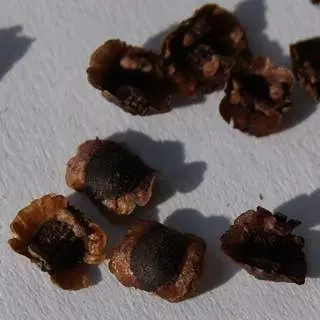
Coreopsis seeds have an unusual shape
They are small in size – like anise grains, but not too small. Therefore, it is quite possible to take them with your fingers, and not with a toothpick.
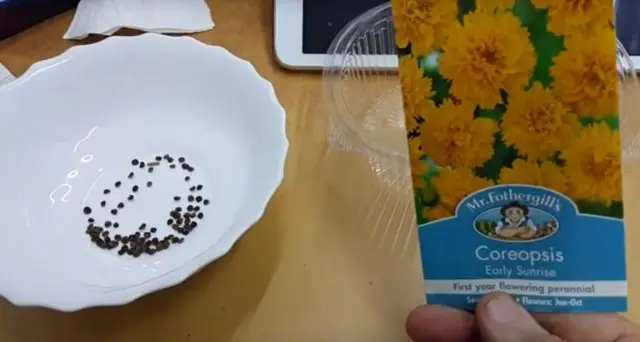
If you grow a perennial coreopsis from seeds through seedlings, it will bloom in the same season.
When to plant coreopsis seedlings
Coreopsis seeds can be sown 1,5-2 months before the planned transfer of seedlings to open ground. The specific period depends on climatic features:
- in the Moscow region and other regions of the middle zone – the end of March;
- in the south – the first days of spring;
- in the Urals and Siberia – the beginning of April.
It is better to prepare for planting in advance: purchase soil, disinfect it, prepare the necessary containers.
Sowing Coreopsis for seedlings at home
The cultivation of annual and perennial coreopsis from seeds is carried out according to a standard algorithm. First you need to prepare containers – these can be wooden boxes or plastic containers, wide enough and at the same time not very deep (up to 15 cm). At the bottom, they should have several drainage holes to drain water.
Previously, the containers can be washed and disinfected by holding for several hours in a 1% potassium permanganate solution or in a 3% hydrogen peroxide solution. Then the surface is again washed with water and wiped dry.
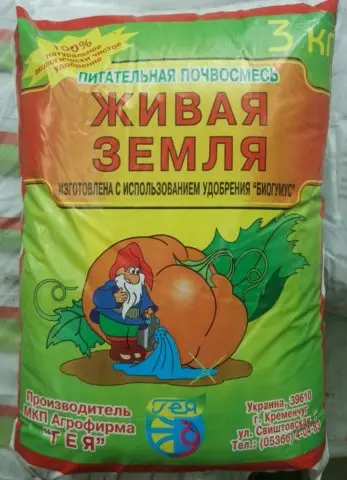
The soil mixture is purchased at the store (universal soil for flower seedlings is suitable) or made up independently
For example, you can mix 2 parts of garden soil with humus, peat and sawdust or with coarse sand (1 part each).
These components will make the soil not only nutritious, but also porous, which is exactly what is needed for coreopsis. Another option is to mix soddy soil with humus and compost in a ratio of 2:1:1. Or take peat with garden soil in equal amounts and add a few pinches of sand and wood ash.
The soil for planting coreopsis seeds is also pre-treated. You can do this in several ways:
- Hold in a solution of potassium permanganate (1%) or hydrogen peroxide (3%), then pour over running water.
- Send for a week in the freezer, then pull out to thaw and crush all lumps.
- Ignite for 15 minutes in the oven at a temperature of 130 ° C and cool.
The algorithm for planting coreopsis seeds is as follows:
- A layer of pebbles or other small stones is laid at the bottom of the boxes.
- Then the soil is filled without ramming it, while maintaining maximum porosity, “lightness”.
- Seeds are planted at intervals of 4-5 cm, while they do not need to be deepened – just slightly press into the ground.
- Top with a mixture of earth and sand.
- Water abundantly (preferably from a spray bottle).
- Cover the container with a film with holes or a glass lid.
- Put in a relatively warm place (standard room temperature 20-22 ° C).
An alternative way to plant coreopsis seeds is in peat pellets. This approach avoids dives and thinning. The instruction is simple:
- Place a white paper towel on a flat tray.
- Pour a little growth stimulator solution.
- Spread the seeds on a napkin, cover with a lid.
- After 1-2 days, the tablets are soaked in a 1% solution of potassium permanganate or hydrogen peroxide.
- When they swell, put a few coreopsis seeds in the very center and press a little.
- Tablets are placed in transparent containers and covered with a lid. Further, coreopsis seedlings are grown in the same way, but without transplantation (dive), which greatly facilitates the whole process.
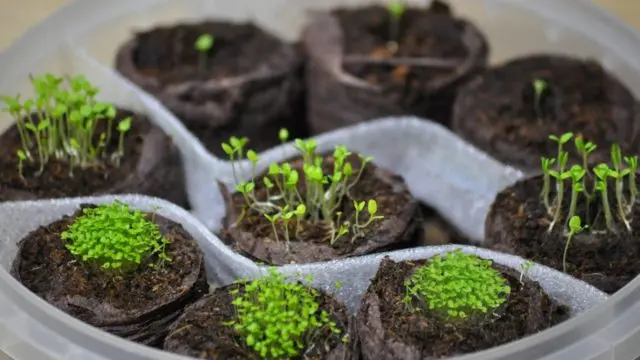
Several coreopsis seeds are planted in each peat tablet.
Cultivation and care
The first shoots of coreopsis appear in 10-12 days. At this point, the shelter is completely removed. Further plant care is standard:
- If there is clearly not enough light, it is advisable to highlight the seedlings (from the very first day of sowing) with a phytolamp, bringing the total daylight hours to 15-16 hours (for example, turn it on for 4 hours in the morning and at the same time in the evening).
- Water regularly – do not allow the soil or peat tablets to dry out.
- If the seedlings are grown in a common container, then after the appearance of 2-3 true leaves, coreopsis seedlings are planted in small pots or ordinary plastic glasses (several drainage holes are made at the bottom to drain water).
- A week after transplantation (i.e. about 2-3 weeks after planting coreopsis seeds), seedlings are recommended to be fed with liquid complex fertilizer.
- 2 weeks before transfer to the ground, the plants begin to harden. To do this, every day they are taken out to the balcony or to a cool room (temperature 15-16 ° C). First, this is done for 15 minutes, then for 30 minutes, etc. (hardening time can be increased by 10-15 minutes a day, resulting in up to 3-4 hours).
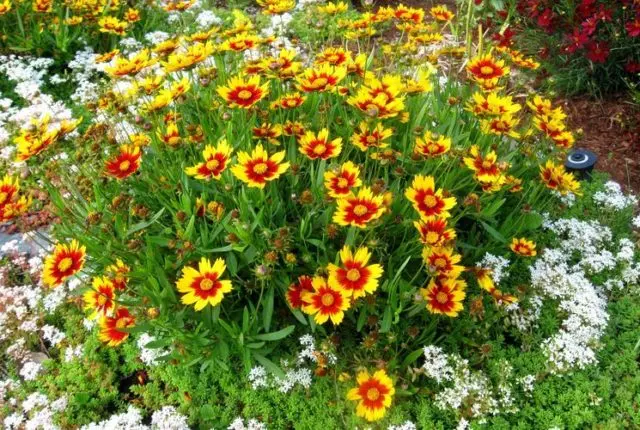
When grown from seedlings, Coreopsis will produce its first flowers in the same summer.
Signs of improper care
Seedling care is simple, but in some cases, novice flower growers may encounter problems. To avoid them, you need to know in advance the signs that indicate improper care.
Evidence | Methods of solution |
Seedlings are pulled out | Reduce watering, install a phytolamp, thin out crops or pick |
Seedlings lag behind in development | Feed with complex mineral fertilizers, observing the dosage. Ensure normal watering and temperature conditions |
Leaves turn yellow and wither | Feed with nitrogen fertilizer |
Brown plaque on the root collar | The seedling is quickly removed and destroyed. Significantly reduce watering. Treat with any fungicide |
When to plant outdoors
Coreopsis seedlings are transferred to open ground at the end of spring, when the threat of return frosts is no longer present:
- in the middle lane – in early May;
- in the south – at the end of April;
- in the Urals and Siberia – in the last decade of May.
Attention! You should focus on weather conditions: sometimes May is too cold, so the transplant date is shifted to the end of the month or even to the beginning of June.
Night temperature should not fall below 10-12 °C. In some cases, flower growers transplant coreopsis into a greenhouse. This can be done 7-10 days earlier than the standard time – for example, not in mid-May, but at the beginning of the month.
Conclusion
Planting coreopsis for seedlings at home is quite simple. The basic rule is to carefully prepare the soil, monitor watering and lighting. You should not allow waterlogging of the soil, but at the same time, watering should be regular.









